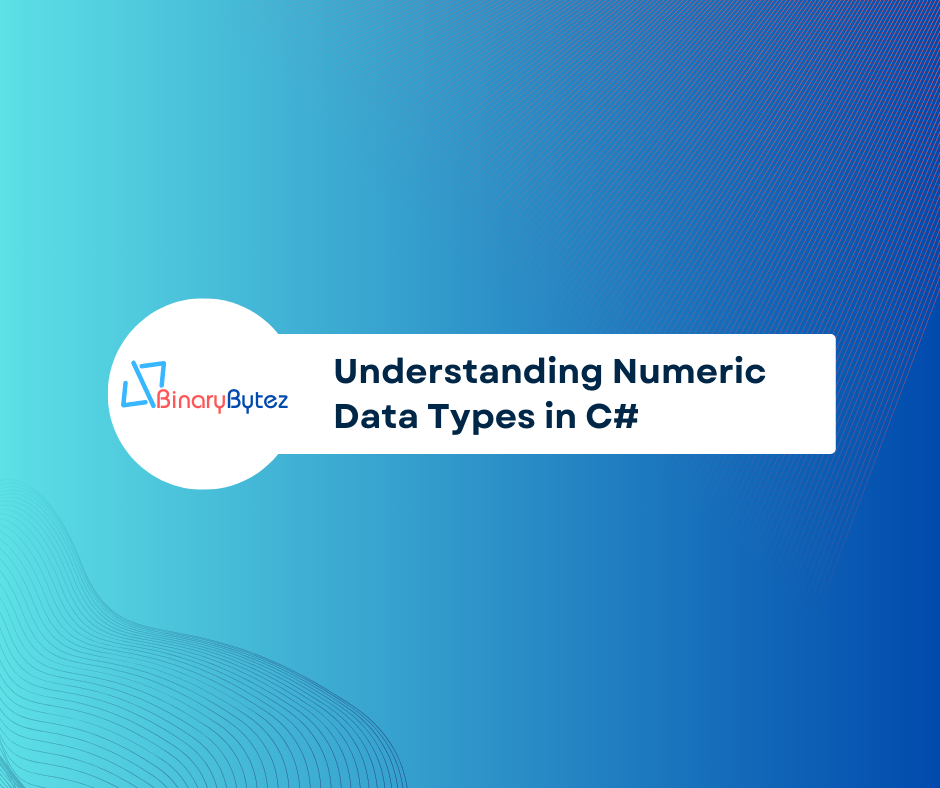Understanding Numeric Data Types in C#: float, double, and decimal. When working with numeric data in C#, developers have several data types to choose from, each with its own characteristics and best-use scenarios. In this post, I’ll explore the differences between three common numeric data types: float, double, and decimal. Understanding these differences is crucial for making informed decisions when designing your C# applications.

float: When Memory Efficiency Matters
Single-precision floating-point
- Precision: About 7 significant decimal digits.
- Range: Represents a more limited range of values compared to
double. - Memory: Consumes 4 bytes (32 bits).
- Usage: Used when memory efficiency is critical, and the precision requirements are lower. Not suitable for financial or scientific applications requiring high precision.
double: The Versatile Choice
Double-precision floating-point
- Precision: About 15-17 significant decimal digits.
- Range: Represents a wide range of values, both large and small.
- Memory: Consumes 8 bytes (64 bits).
- Usage: Suitable for most general-purpose numerical calculations where very high precision is not required. It is not recommended for financial calculations due to potential rounding errors.
decimal: Precision for Critical Applications
Arbitrary-precision decimal
- Precision: About 28-29 significant decimal digits.
- Range: Suitable for representing a wide range of values with high precision.
- Memory: Consumes 16 bytes (128 bits), making it less memory-efficient than
doubleorfloat. - Usage: Recommended for financial calculations, currency representations, and applications where exact decimal precision is essential. It eliminates rounding errors associated with binary floating-point types (
doubleandfloat).
Choosing the Right Data Type
Now that we’ve examined these data types, how do you choose the right one for your application?
- Precision Requirements: If you need to represent values with a high level of precision (e.g., financial calculations),
decimalis the most appropriate choice due to its decimal-based precision. - Memory Efficiency: If memory efficiency is crucial, especially when dealing with large datasets or arrays of numbers,
floatanddoubleconsume less memory thandecimal. However, they sacrifice some precision. - Performance:
floatanddoubleoperations are generally faster thandecimal. If performance is a top priority and precision requirements can be met, consider usingfloatordouble. - Domain-Specific Needs: Consider the requirements of your specific domain or application. Some industries, like finance or scientific computing, have standards that dictate the use of specific numeric types.
In conclusion, the choice of a numeric data type in C# should align with your application’s precision, range, memory, and performance requirements. Use decimal for financial and monetary calculations where precision is critical, and choose double or float when precision can be traded for improved memory efficiency or performance.
Understanding these distinctions empowers developers to make informed decisions, resulting in more efficient and accurate C# applications.
Remember, the right choice of data type can make a significant difference in the success of your project.
